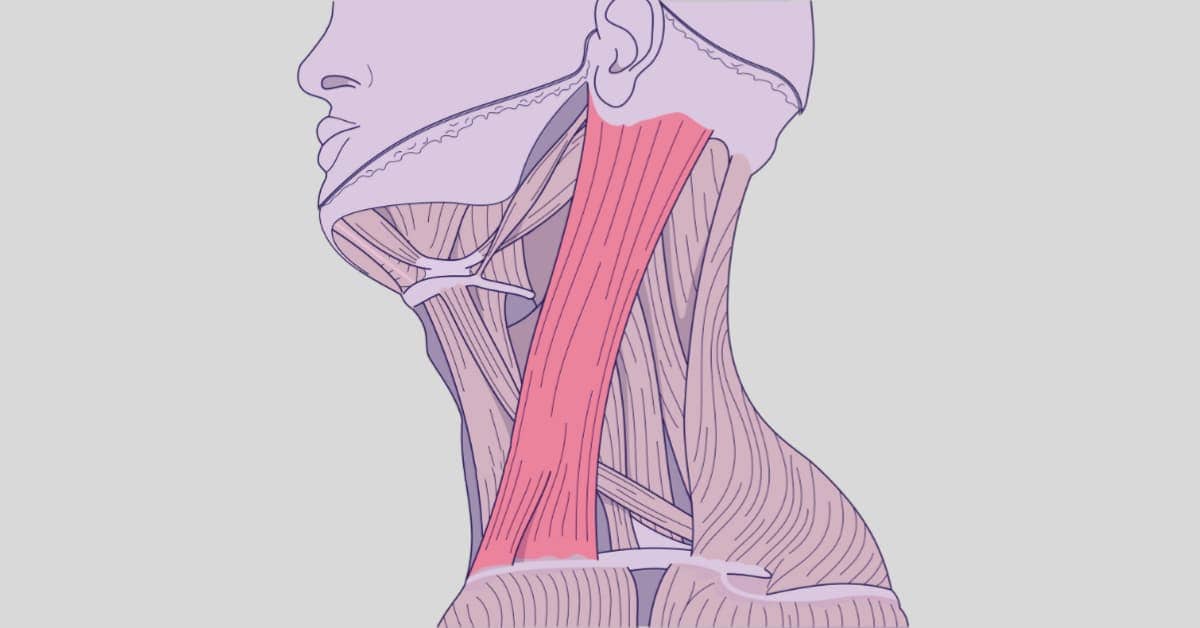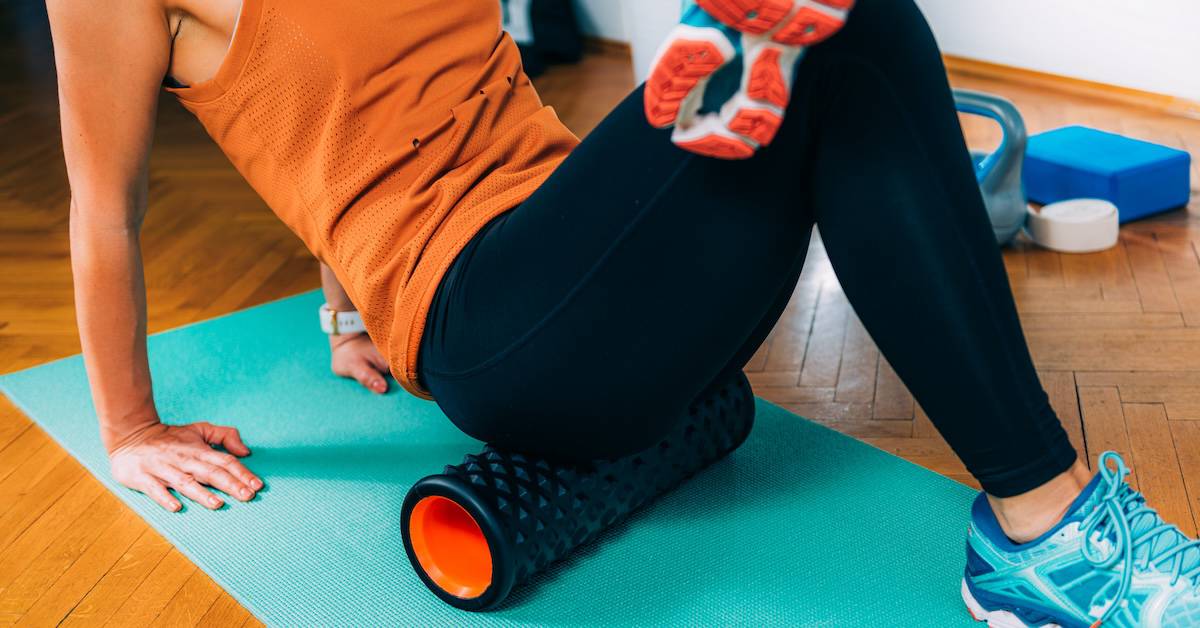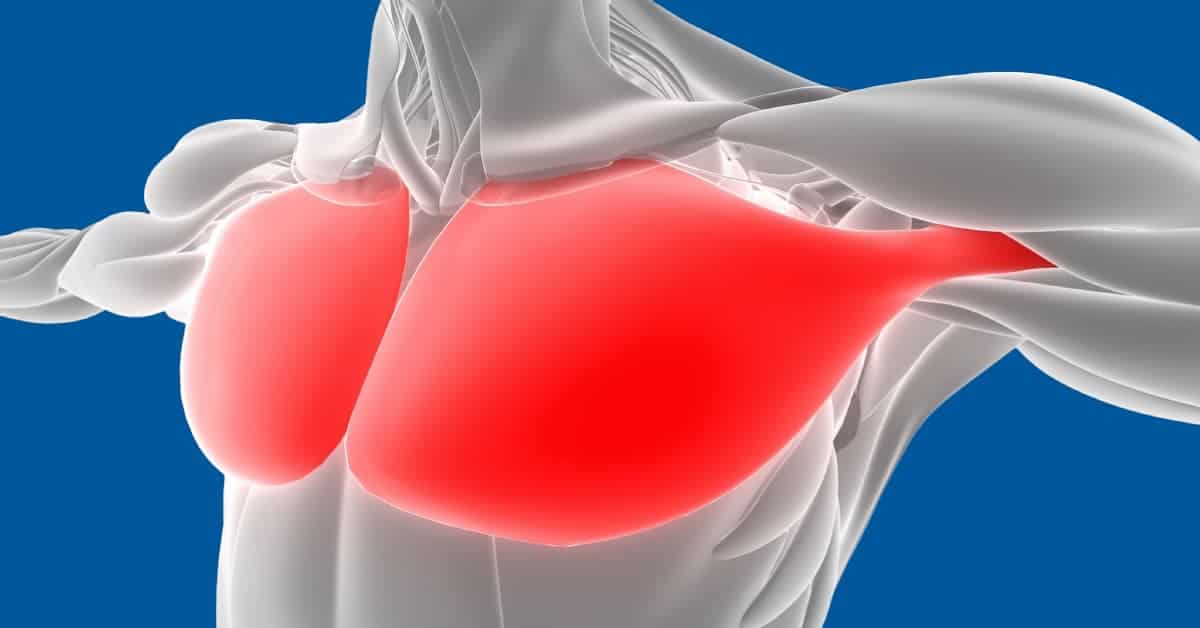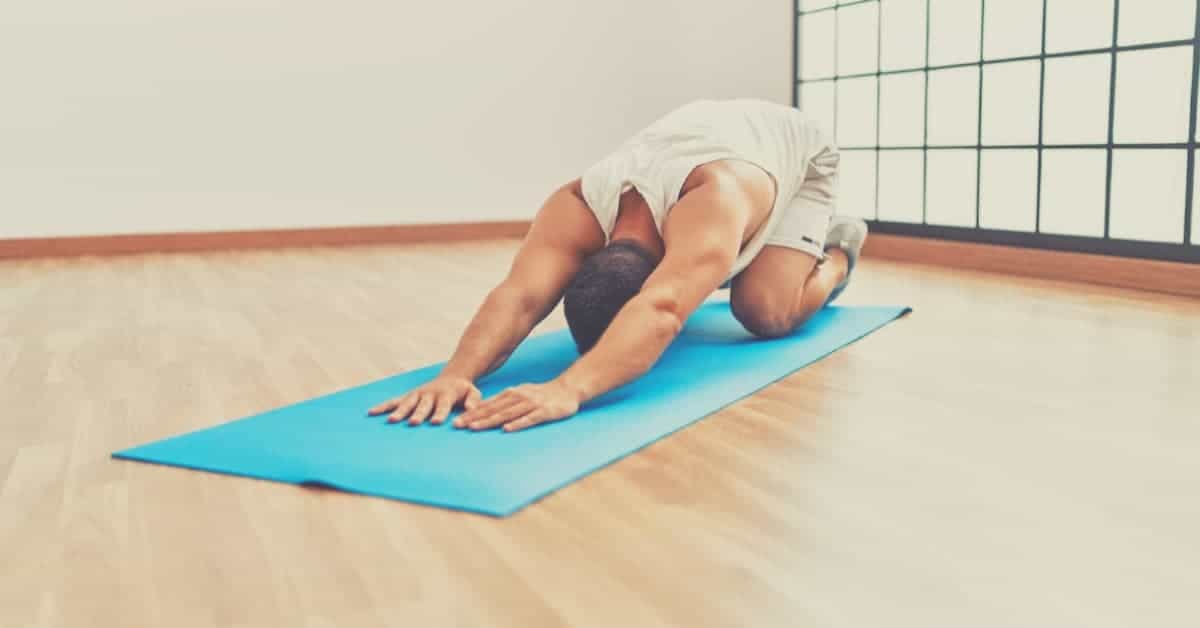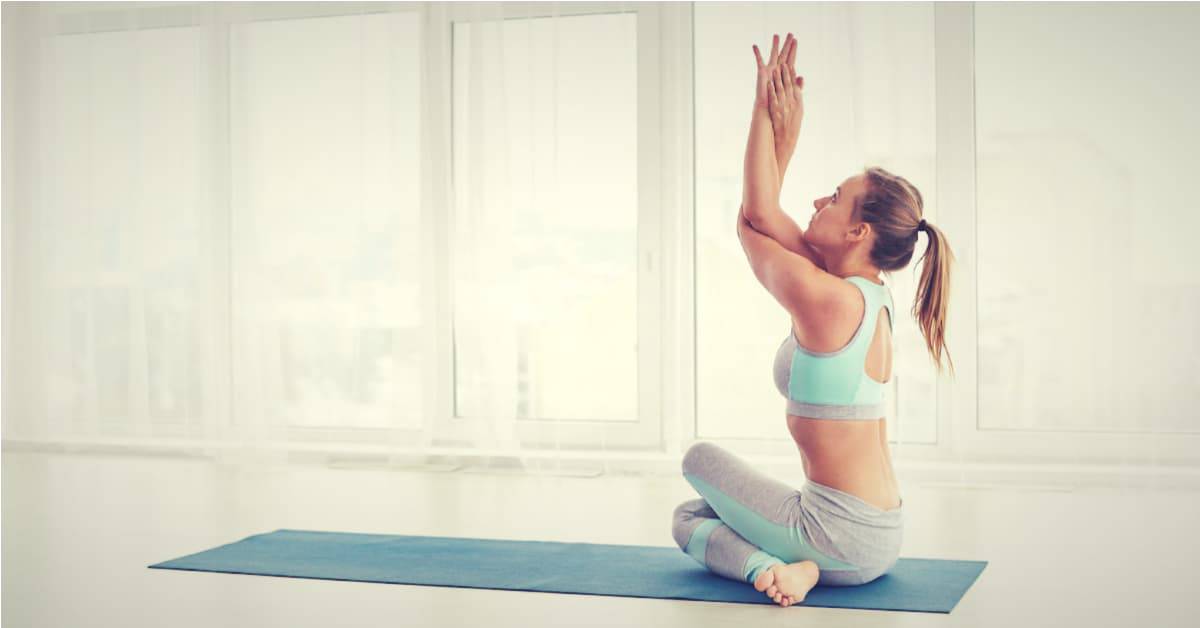Do you ever find yourself rubbing your neck, trying to ease the tension from a long day hunched over your computer or staring down at your phone? You’re not alone. Many of us suffer from neck pain and poor head posture, often without realizing that one particular muscle could be the key to finding relief: the sternocleidomastoid (SCM).
In this guide, we’ll uncover the importance of the SCM, the causes of tightness, and effective techniques for stretching and releasing it.
I. Understanding the Sternocleidomastoid
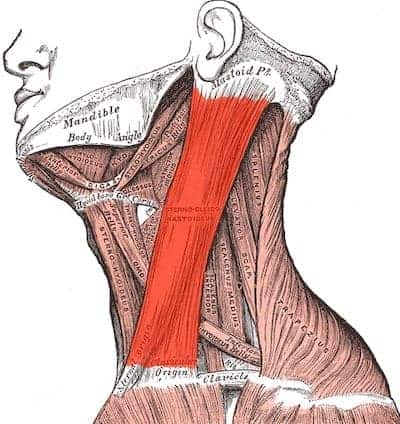
The sternocleidomastoid (SCM) might sound like a complex term, but it’s actually just the name of two important muscles that run along each side of your neck. They start at the base of your skull, behind your ear, and stretch down to attach to your collarbone and breastbone. Their main job is to help you turn your head, tilt it from side to side, and bring your chin toward your chest.
These muscles play a significant role in your overall posture and mobility. They help to stabilize your neck and head, allowing you to move them freely and comfortably. When the SCM muscles are tight or strained, you might experience stiffness in your neck, limited mobility, and even develop headaches.
Tightness in the SCM muscles can pull your head forward, leading to various problems such as chronic neck pain, tension headaches, and poor posture. It can also contribute to more serious postural issues like forward head posture, rounded shoulders, and upper crossed syndrome.
Therefore, it’s crucial not to ignore the importance of stretching and releasing your SCM muscles.
II. Common Causes of SCM Tightness
The SCM can become tight for several reasons, including stress, overuse, and the development of trigger points or knots. However, the main reason why the SCM gets tight is due to poor head posture.
With the rise of technology and screens, many of us spend a lot of time sitting down and staring at screens. When we do this, we tend to crane our necks forward and down, which puts the SCM in a shortened position. This shortened position can cause the muscle to become overactive and strained, leading to tightness and discomfort.
If we maintain this poor head posture, the SCM can adapt to this shortened position and hold onto it even when we’re not looking down. This can cause the muscle to become chronically tight and uncomfortable, leading to neck pain and headaches.
III. Releasing Techniques for the SCM
Before you jump into stretches, it’s a good idea to release any built-up tension in the SCM muscles by performing self-massage. Here are two effective techniques you can try:
A. Self-massage technique using hands
- Sit or stand comfortably with a straight spine.
- Locate your SCM muscle by turning your head to one side and feeling for the thick band of muscle that pops out along the side of your neck.
- Use your fingers to gently massage the muscle, starting from the base of your skull and working your way down towards your collarbone.
- Apply gentle pressure and knead the muscle for 1-2 minutes, focusing on any areas that feel particularly tight or tender. Remember to breathe deeply and relax as you massage.
B. Using a massage ball for targeted release
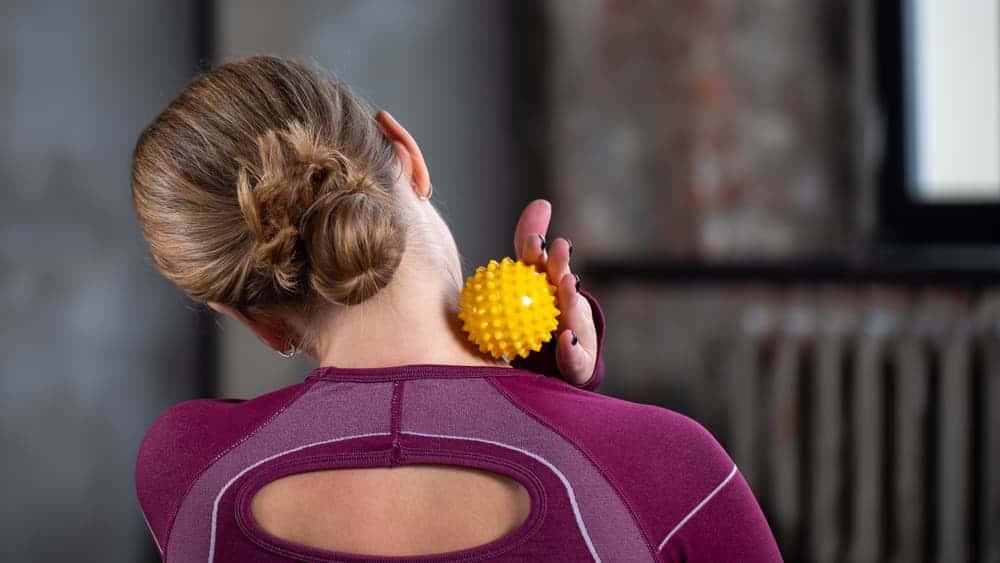
You can also massage your SCM using a massage ball.
- Find a small massage ball, tennis ball, or lacrosse ball.
- Stand or sit with your back against a wall, and place the ball between the wall and the side of your neck where your SCM muscle is located.
- Apply gentle pressure by leaning into the ball, and slowly roll the ball up and down the muscle. You can also move your head side to side to target different areas of the muscle.
- Spend 1-2 minutes on each side, focusing on any tight or tender spots.
When using either of these techniques, remember to apply pressure gradually and avoid pressing too hard, especially on sensitive areas like the front of your neck.
IV. The Ultimate SCM Stretch
There’s only one essential stretch for the SCM, which aims to create the maximum length between the two attachment points at the back of the ear and the collarbone. Here’s how it’s done:
- Sit or stand with a straight back and relaxed shoulders.
- Tilt your head to one side, bringing your ear towards your shoulder.
- Reach your opposite hand over your head and place it on the top of the tilted side. Gently apply pressure to increase the stretch.
- Rotate your head towards the ceiling and then tilt it back slightly. Feel a gentle stretch in the SCM towards the front of your neck.
- Hold for at least 30 seconds, breathing deeply and relaxing into the stretch.
- Slowly release and return to the starting position.
- Repeat on the other side.
V. Maintaining SCM Health and Good Posture
The SCM tends to get tight easily, so it’s crucial to ensure you’re not initiating the tightness through bad habits. In this section, we’ll explore some ways to keep your SCM healthy and prevent excessive tightness.
B. Finding time for stretching and massage
Finding time in your daily routine for stretching and massage is essential to maintain a healthy SCM. You can incorporate the SCM stretch and release techniques during your morning or evening routine or even take advantage of breaks at work. Regular practice can help prevent tightness and maintain good posture.
C. Addressing related postural issues
Tight SCM muscles can contribute to other postural issues, such as forward head posture, rounded shoulders, and upper crossed syndrome. These postural problems can keep your SCM in a shortened position even if you do stretch your SCM regularly. Therefore, it’s important to work on correcting these postural issues in conjunction with SCM stretches.
D. Maintaining proper ergonomics at work
Proper ergonomics can help reduce strain on your neck and SCM muscles. Adjust your computer monitor to eye level to prevent excessive neck flexion, use a chair with good lumbar support to maintain proper spinal alignment, and take regular breaks to stand, walk, and stretch throughout the day.
E. Incorporating movement throughout the day
Regular physical activity, including your SCM, is essential for keeping your muscles strong and flexible. Schedule time for exercise, take short walks during breaks or engage in light activities throughout the day.
Final Words
Incorporating the stretches and release techniques discussed in this article can significantly impact the health and comfort of your neck, as well as your overall posture and mobility.
Regularly stretching and releasing your sternocleidomastoid muscles can prevent common issues like neck pain, tension headaches, and poor posture. Don’t underestimate the power of these simple techniques to improve your everyday life and well-being.
